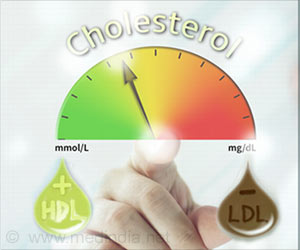Clinicians and patients should use shared decision-making to select individualized treatments based on the new guidelines to prevent cardiovascular disease.

In 2013, the American College of Cardiology and the American Heart Association issued new cholesterol guidelines, replacing previous guidelines that had been in place for more than a decade. The new guidelines recommend that caregivers prescribe statins to healthy patients if their 10-year cardiovascular risk is 7.5 percent or higher.
"The new cholesterol guidelines are a major improvement from the old ones, which lacked scientific rigor," says primary author Victor Montori, M.D., Mayo Clinic endocrinologist and lead researcher in the Knowledge and Evaluation Research Unit. "The new guidelines are based upon calculating a patient's 10-year cardiovascular risk and prescribing proven cholesterol-lowering drugs - statins - if that risk is high."
However, Dr. Montori cautions that the risk threshold established by the guideline panel is somewhat arbitrary. Instead he recommends that patients and their clinicians use a decision-making tool to discuss the risks and benefits of treatment with statins.
"Rather than routinely prescribing statins to the millions of adults who have at least a 7.5 percent risk of having a heart attack or stroke within 10 years, there is an opportunity for clinicians and patients to discuss the potential benefits, harm and burdens of statins in order to arrive at a choice that reflects the existing research and the values and context of each patient," he says.
"We're creating a much more sophisticated, patient-centered practice of medicine in which we move the decision-making from the scientist to the patient who is going to experience the consequences of these treatments and the burdens of these interventions," Dr. Montori explains. "Decision-making tools can democratize this approach and put it in the hands of millions of Americans who have their own goals front and center in the decision-making process."
Advertisement
Source-Newswise











